I head to the airport in about two hours, so among my important last-minute activities (e.g., forgetting things, panicking over slide decks) I took the opportunity to talk with my old friend Sekou Bermiss at UNC Chapel Hill. Sekou and I overlapped for a year at UT Austin back when both of us Sekou could still throw down a dunk. We still interact frequently when I send him monthly emails asking him when he’ll join our editorial team. Sekou does great work at the intersection of OT and Strategy, and has also run a wonderful podcast for the Academy of Management Journal, where he is just wrapping up a three year term. Check out their podcast. They have better music than us, and much more polished host.
This is a great time to talk with Sekou because I wanted to hear his reflections as he leaves AMJ and also talk about a unique role he’s played for the field and the AOM community for a long time. Each year Sekou produces a calendar of AOM parties, and in our interview he has some context and great advice for those of you attending these for the first time (or for those of us who keep forgetting it). I’m surprised Saturday Night Live hasn’t done a skit on academic conference parties. Or maybe they have, and I’ve repressed it. Please note that I do not ask him about how the Knicks’ playoff run ended. I hope you enjoy hearing from him. Sekou is not only one of the wisest and most thoughtful people I know, but also someone I admire for his values and character.
This post also includes the Organization Science Mid-Year Report, which I share publicly for full transparency so authors know how we operate. I know some people think I’m too focused on “metrics”, but I see these as valuable quantifiable data. Publishing these doesn’t in any way mean that we don’t value or focus on non-quantifiable elements. We simply want authors to have full information to dispel false narratives about the review process and other important considerations. After nearly three years, I still sometimes read or hear comments that Org Science is slow. I’m not sure how much I have to present to inform everyone, but I suppose I’m mostly preaching to the choir that is voluntarily reading these posts.
Finally, it’s been a sad 24 hours here at journal headquarters as I had to inform Chief Editorial Cat Butterburger that his visa had been denied and he would not be able to attend our ERB reception in Copenhagen. Fortunately, he’s not particularly good at hiding him my luggage, so he sadly settled down to await my departure.
Mid-Year Report
It's been another great six-month period for the journal as submissions and impact factor continue to rise, review time stays stable, and rounds to acceptance decrease. As you all know, this was a team effort involving the editorial board, the ERB, and everyone in the research community that cares about the success of the journal and field. So thank you all for your contributions.
Submissions
First round submissions are up 11% from 2024 with total submissions on pace to pass 1,900 this year.
Papers in Inventory
As of July 1, we had only 20 papers in inventory (under review) over 90 days and 6 over 120 days, out of 338 papers. This is a little higher than before, but still a good place to be.
Review Times
Our average review times for papers in 2025 remains in the high-60s to low-70s (there is right truncation bias so the 67 will rise a bit), with desk rejects averaging 11 days. We feel good about these times, and our focus is on the right tail and on reducing rounds, where we’re also making great progress.
In the spirit of transparency, I like to show the full distribution of review times. As you can see, there’s still room for improvement, but I’m happy with how few papers are over 120 days. We are continuing to improve, even over last year.
What’s even more striking is the speed in later rounds, partly because editors don’t repeatedly send them out for review. Papers submitted since 2023 rarely go past round 3 or 4. As you’ll see later, every single paper in round 5 or 6 this year was already provisionally accepted.
Decisions and Reviews
And these shorter times are not because we’re rejecting more papers. As you can see, our first-round rejection rate has remained steady, with only 5% of third-round submissions rejected and none after that. Late round rejections are costly for everyone, even if sometimes those in the third round are the right call.
The review process simply does not drag on endlessly at Org Science. What happens in Round 3? 66% are fully or provisionally accepted, 10% get minor revisions, and 17% get another major revision. The number of major revisions at this point is still higher than I’d like, but again, sometimes this is necessary. Note these numbers are for 2025 submission, while the earlier rejection rates were for 2025 decisions.
Round 4 and beyond? We’re pretty much done and you’ll soon see your paper online.
If there’s one thing to take away from this, it’s that submitting your paper to Organization Science now is not the start of an epic journey. Our current editorial team is fast and committed to minimizing rounds for both reviewers and authors.
We’re still returning three reviews for nearly all papers we send out thanks to our great reviewers and editors. When you review for Organization Science, you also will not be embarking on an epic journey across many rounds. Most papers go out to reviewers only once or twice, and almost never a fourth time.
Impact Factor
Our Impact Factor rose again from 4.9 in 2023 (released in 2024) to last month’s 5.4 for 2024 (5.5 once Clarivate fixes their duplicate record problem). Impact Factor is never the objective, but it’s a KPI of getting read, as are downloads (up again in 2025). We think about this in changes, rather than comparisons with other journals. I provide these so you can look at average trends among some of our peers. Beth Bechky and Jerry Davis have a nice discussion of this earlier this year in ASQ (who have a very nice Substack). There are many strategic things we could do to increase the IF that would make our journal much worse. We’re not going to do that. I know the EICs I talk with feel the same way.
To Summarize. . .
OMG I’m going to be late for my flight, so hopefully this isn’t full of typos or errors. If you aren’t already subscribed, we hope you’ll do so. To summarize, it’s been a great first half of the year at Organization Science and we’ll continue to work hard to continually improve. It’s a team effort, so I’m grateful to everyone. I’ll see many of you soon in Copenhagen. Safe travels!
-Lamar






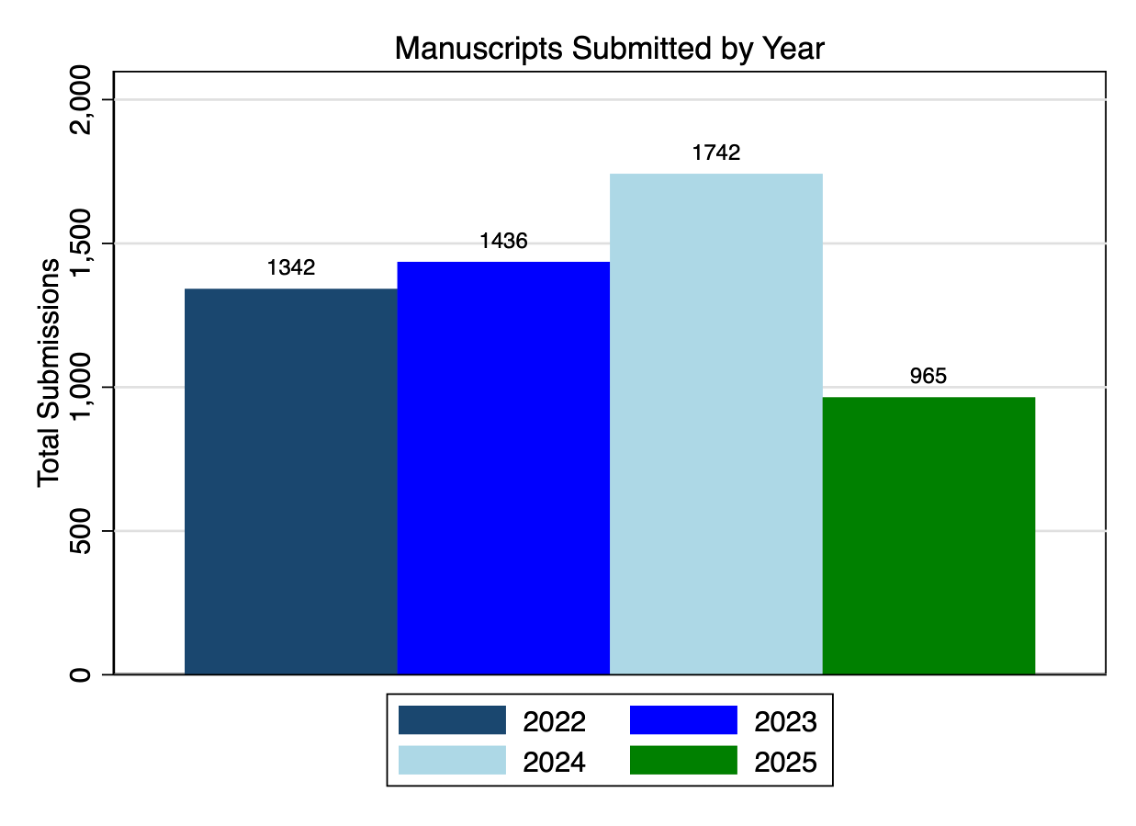
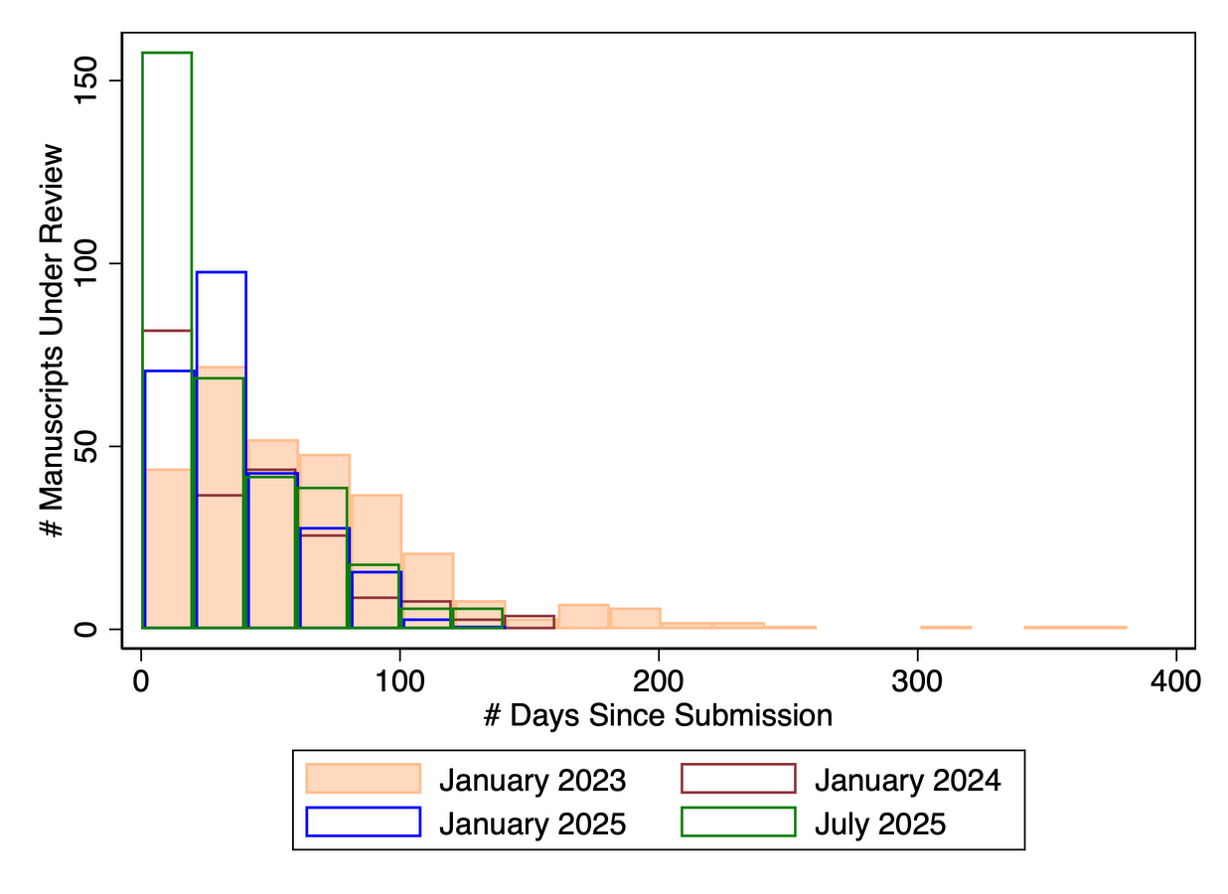


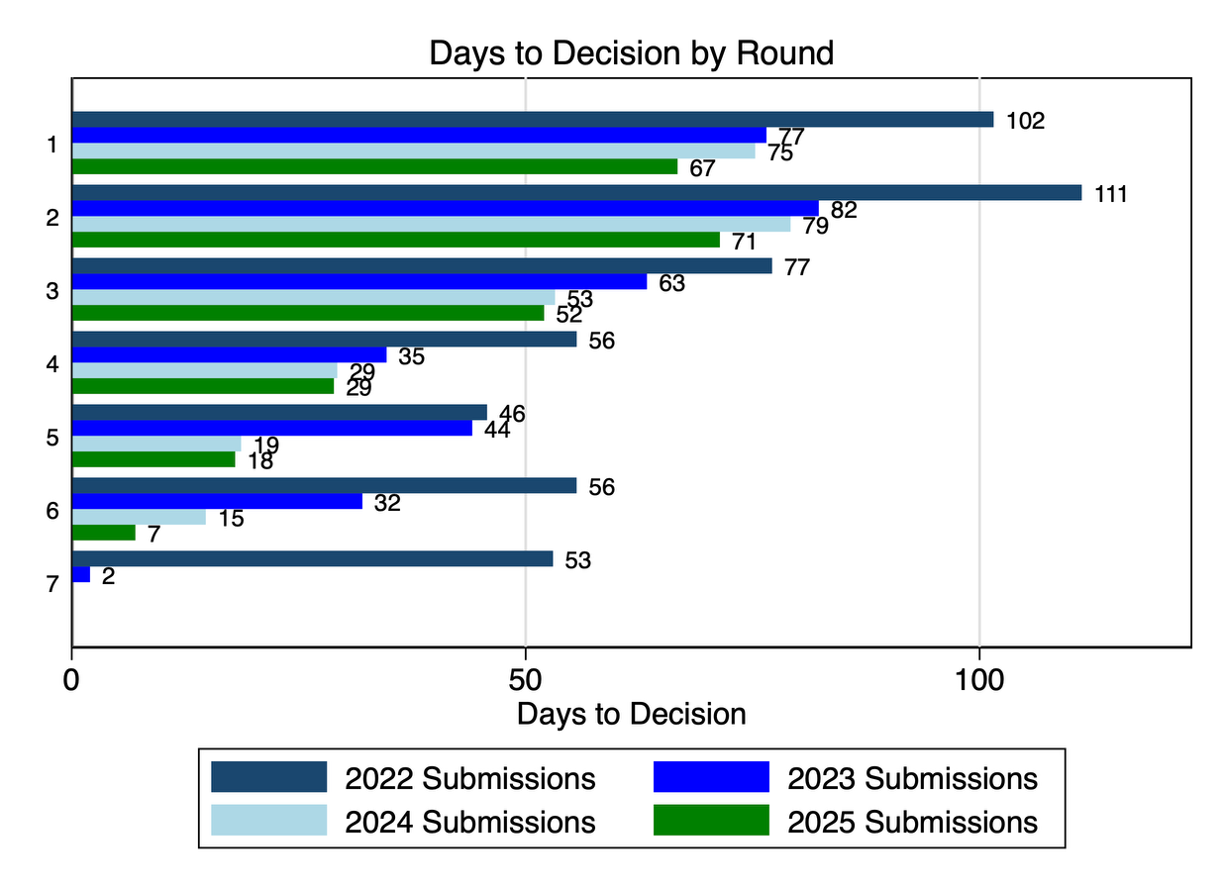
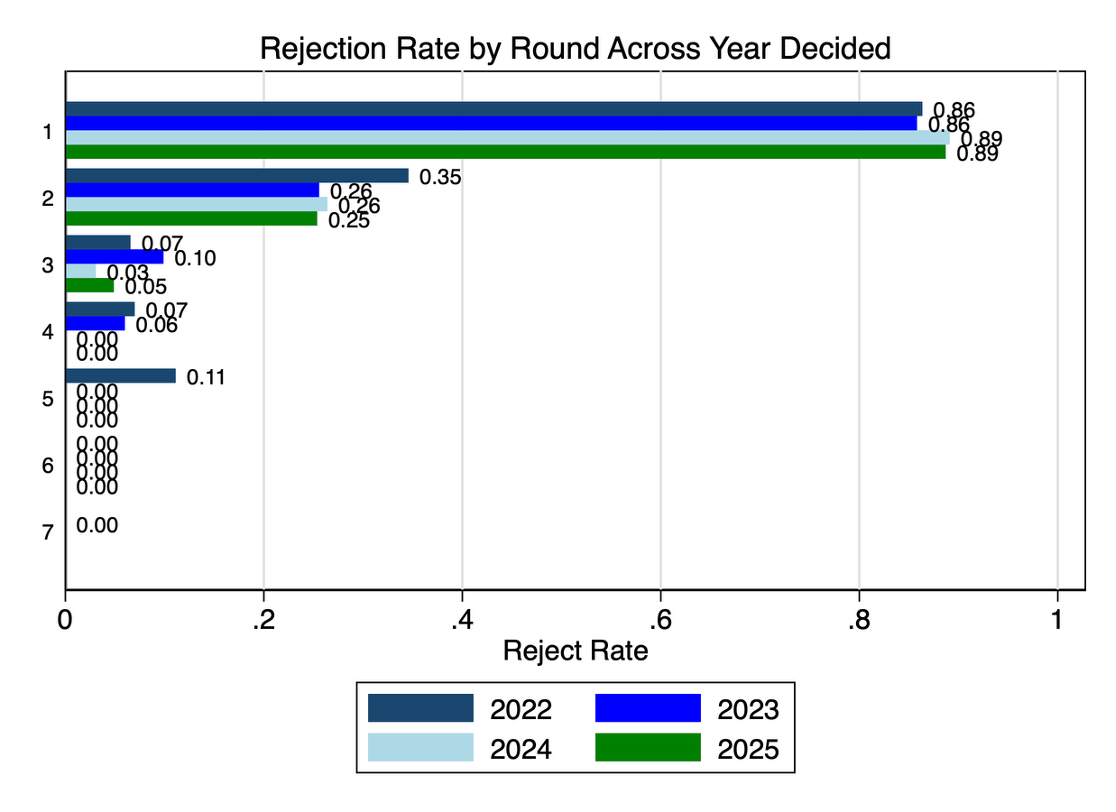
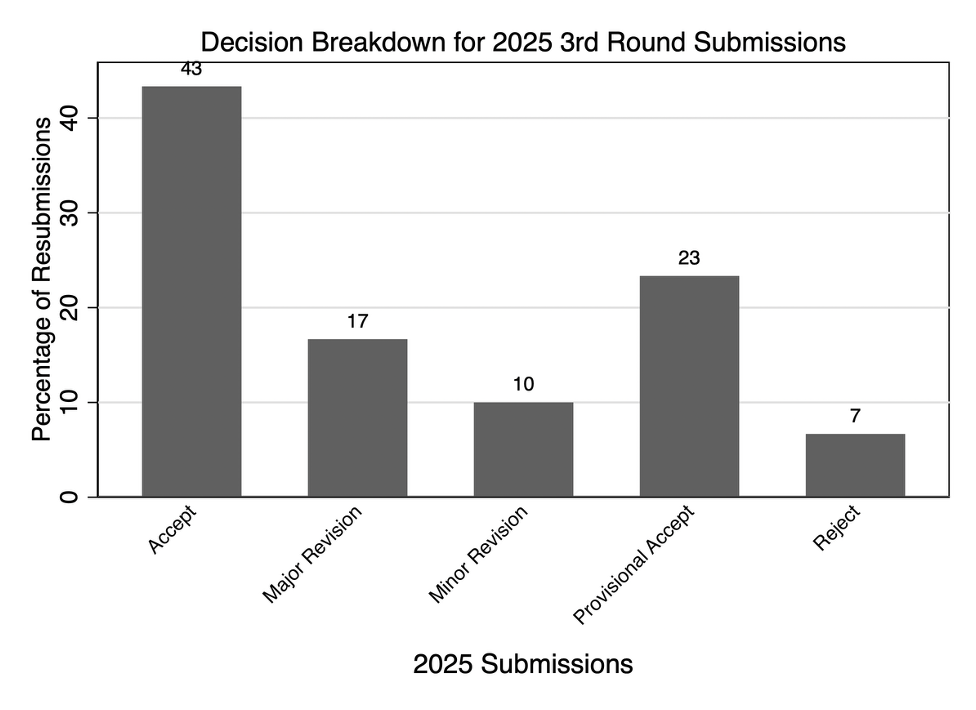





Share this post